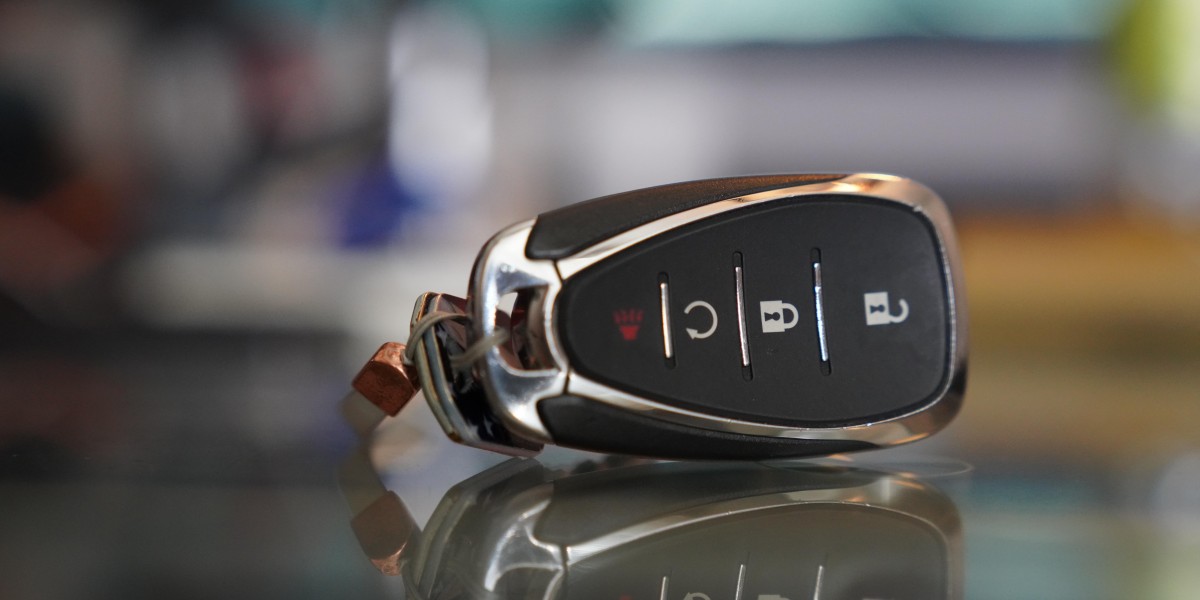Electric Mobility Scooters UK: A Comprehensive Guide
Electric mobility scooters have quickly become an important part of contemporary transportation, especially in the United Kingdom. These devices use a hassle-free, eco-friendly, and affordable alternative for people with mobility issues, enabling them to keep their independence and browse their every day lives with greater ease. This post provides a comprehensive summary of electric mobility scooters in the UK, including their benefits, types, legal considerations, and tips for choosing the ideal design.
Introduction to Electric Mobility Scooters
Electric mobility scooters are motorized vehicles designed to assist people with walking difficulties or other mobility impairments. They can be found in different sizes and styles, from compact designs for indoor usage to robust, all-terrain scooters for outdoor activities. These scooters are powered by rechargeable batteries and can reach speeds of up to 8 mph, depending upon the model.
Advantages of Electric Mobility Scooters
- Improved Independence
- Mobility scooters make it possible for users to travel longer distances without tiredness, reducing the requirement for help from others.
- Cost-efficient
- Compared to other kinds of transportation, electric scooters are reasonably inexpensive to purchase and maintain.
- Eco-Friendly
- Electric mobility scooters produce no emissions, making them an eco-friendly option.
- Enhanced Accessibility
- These scooters can be used in numerous settings, from grocery stores and shopping centers to parks and leisure areas, increasing accessibility.
- Social Inclusion
- By supplying a way of transport, mobility scooters help users remain socially connected and engaged in neighborhood activities.
Kinds Of Electric Mobility Scooters
Class 2 (Electric Wheelchairs)
- Designed for use on pavements and walkways.
- Optimum speed: 4 mph.
- Suitable for indoor and outside usage.
Class 3 (Electric Mobility Scooters)
- Can be utilized on roadways, pavements, and paths.
- Maximum speed on roads: 8 mph.
- Maximum speed on pavements: 4 mph.
- Ideal for longer journeys and outdoor usage.
Collapsible Scooters
- Compact and lightweight, designed for easy storage and transport.
- Appropriate for users who often take a trip or have restricted storage area.
All-Terrain Scooters
- Constructed to manage rough surface and off-road conditions.
- Frequently have bigger wheels and more powerful motors.
- Suitable for users who take pleasure in outdoor activities like treking or gardening.
Durable Scooters
- Developed to support users with higher weight capabilities.
- Durable construction and boosted sturdiness.
- Ideal for people who require a more robust and dependable option.
Legal Considerations in the UK
Licensing and Insurance
- No driving license or insurance coverage is needed for Class 2 and Class 3 mobility scooters.
- However, users need to be at least 14 years of ages to ride a Class 3 scooter on the road.
Roadway Rules
- Class 3 scooters should have a red and amber light system and a rear reflector to be utilized on the road.
- Users must follow road rules and be aware of their environments.
- Pavement usage is restricted to 4 mph for both Class 2 and Class 3 scooters.
Disability Allowance
- Some users might be eligible for a mobility allowance through the UK government, which can help cover the cost of a scooter.
- The Motability Scheme is a government-funded program that offers financial assistance for acquiring mobility aids.
Tips for Choosing the Right Electric Mobility Scooter
Assess Your Needs
- Identify where and how you will mainly utilize the scooter (inside your home, outdoors, both).
- Think about the range you need to travel and the terrain you will encounter.
Test Ride
- Visit a local mobility shop to check trip various designs.
- Ensure the scooter is comfy and easy to operate.
Battery Life
- Choose a scooter with a battery life that suits your everyday requirements.
- Think about the charging time and the schedule of backup batteries.
Weight Capacity
- Examine the weight capacity of the scooter to guarantee it can support your requirements.
- Heavy-duty designs are available for users with higher weight requirements.
Functions and Accessories
- Try to find features like adjustable seats, tilt systems, and easy-to-read control panels.
- Consider devices such as baskets, seat belts, and weather security.
Upkeep and Safety
Routine Check-Ups
- Schedule routine upkeep checks to make sure the scooter remains in great working condition.
- Replace used parts and charge the battery frequently.
Safety Gear

- Constantly wear suitable security equipment, such as a helmet and reflective clothing.
- Usage lights and reflectors when riding in low-light conditions.
Roadway Etiquette
- Be considerate to pedestrians and other roadway users.
- Follow designated courses and prevent busy locations.
Storage and Security
- Shop the scooter in a dry, safe location to prevent damage and theft.
- Think about using a locking system or GPS tracker for included security.
Frequently Asked Questions (FAQs)
Q: Do I require a driving license to use an electric mobility scooter in the UK?
- A: No, a driving license is not required for Class 2 or Class 3 mobility scooters. However, users must be at least 14 years old to ride a Class 3 scooter on the road.
Q: Can I utilize my mobility scooter on the pavement?
- A: Yes, both Class 2 and Class 3 scooters can be utilized on pavements and paths. The maximum speed on pavements is 4 mph.
Q: How much does an electric mobility scooter cost?
- A: Prices differ depending upon the model and features. Entry-level scooters can cost around ₤ 500, while more advanced models can range from ₤ 1,000 to ₤ 5,000.
Q: Is there financial assistance available for purchasing a mobility scooter?
- A: Yes, the Motability Scheme provides financial support for eligible people. You might likewise be qualified for a disability allowance to help cover the cost.
Q: How far can an electric mobility scooter travel on a single charge?
- A: The range varies by design, however a lot of scooters can take a trip in between 10 to 30 miles on a single charge. Durable models may have a much shorter range.
Q: Can I carry my mobility scooter in a vehicle?
- A: Yes, collapsible and light-weight designs are developed for simple transportation. Some car producers likewise offer adaptive devices to accommodate mobility scooters.
Q: Are there any age limitations for using a mobility scooter?
- A: There are no particular age restrictions for utilizing a Class 2 scooter. However, users must be at least 14 years old to ride a Class 3 scooter on the road.
Q: Can I utilize my mobility scooter in bad weather?
- A: Most electric mobility scooters are weather-resistant, however it's a good idea to utilize care and prevent exceptionally wet or icy conditions. Think about including weather defense accessories.
Electric mobility scooters have actually transformed the method individuals with Mobility scooters uk problems travel and take part in day-to-day activities. With their many advantages, including improved independence, cost-effectiveness, and environmental friendliness, they are an important financial investment for lots of individuals. By comprehending the various types of scooters, legal considerations, and upkeep tips, users can make educated choices and take pleasure in the complete range of benefits these gadgets use. Whether you are looking for a compact indoor design or a robust all-terrain scooter, there is a best option available to satisfy your requirements and enhance your quality of life.
Additional Resources
- Motability Scheme: Visit the official site for additional information on financial assistance and eligibility.
- Department for Transport: Read the guidelines for utilizing mobility scooters in the UK.
- Local Mobility Shops: Find a credible shop in your location to check ride and acquire a mobility scooter.










